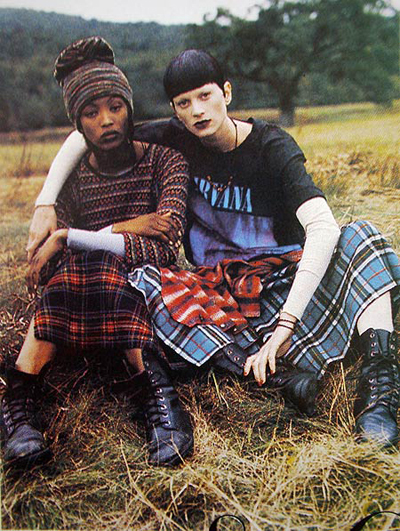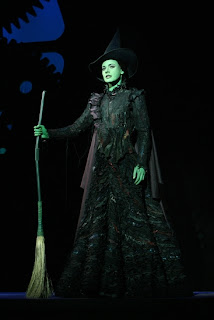I've been on spree of reading mystery novels, mostly contemporary. But when I came across a used copy of
The Talented Mr. Ripley, a 1955 novel by Patricia Highsmith, in an L.A. bookstore, I snapped it up. For those not familiar with the plot: it's the story of an amoral conman (Tom Ripley) who becomes obsessed with a rich young playboy (Dickie Greenleaf) living in Italy. Tom does everything he can to come between Dickie and his close friend Marge, finally cooking up a plot to kill Dickie and assume his identity.
Of course, this work is primarily known as the 1999 film starring Matt Damon, Jude Law, and Gwyneth Paltrow. But the book is pretty wonderful: the disturbing and violent elements are perfectly tempered by Highsmith's lush 50s Italian summer scenes. It's easy to see why Tom gets caught up in this world of privilege and glamour (the food descriptions alone make me want to drop everything and move to Italy). The narrative is told through Tom's point of view, giving insights into the character that the film lacks.
.jpg)
Fashion is a huge part of both the movie and the book, and the film's costume design won an Academy Award. Clothes represent so much in this world: lifestyle, status, privilege, and identity. In one of the most cringe-worthy scenes, Tom goes into Dickie's room while Dickie is out. Tom tries on Dickie's suit and hat, even imitating Dickie's facial expressions in the mirror, while fantasizing about killing Marge out of jealousy. Of course, he is caught by Dickie, and that's the moment their friendship begins to turn sour. (I could barely stand to skim this scene, it was so embarrassing.)
The character of Marge is fascinating, clothing-wise.
She dresses in a sort of boho resort style, in crisp white shirts tied over bikini tops, espadrilles, and peasant tops and skirts.
One of the book's more telling passages relates to Marge's clothing, in a way. Tom catches a glimpse of Dickie and Marge embracing, and his reaction is one of utter disgust.
What disgusted him was the big bulge of her behind in the peasant skirt below Dickie's arm that circled her waist. And Dickie--! Tom really wouldn't have believed it possible of Dickie!
There are two chief interpretations of this scene: that Tom is a misogynist or gay (or both). While the movie portrayed Tom as gay or bisexual (later becoming involved in a sexual relationship with a man), author Patricia Highsmith maintained that Ripley wasn't gay, just sociopathic in his need for devotion from Dickie. And clothing was hugely symbolic to him. He later spends whole evenings looking at Dickie's clothing, saying that material possessions "reminded him that he existed."
Cat Blanchett was a supporting actress in the film, in a role created specifically for the movie. There's not much to say about that, except that her clothes are fabulous.
How darling is this sweater? The trim could be easily added to an existing cardigan (check out my post and how-to on
soutache).
The nipped-in waist on this suit is to die for.
And my favorite, her opera gown with an embroidered shelf bust and floral embellishment.
All in all, both the book and the movie are of definite interest to vintage fashion enthusiasts. Have you seen or read it?
























.jpg)


























